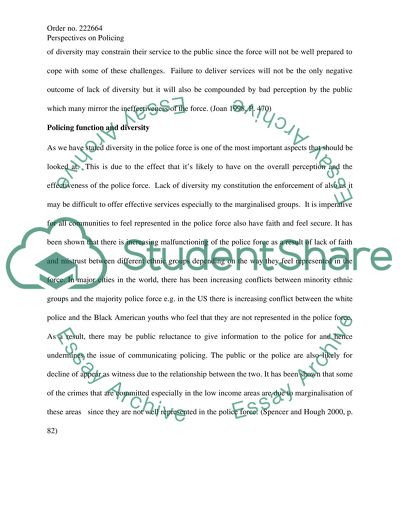Cite this document
(“Perspectives on Policing Essay Example | Topics and Well Written Essays - 2000 words”, n.d.)
Retrieved from https://studentshare.org/miscellaneous/1502633-perspectives-on-policing
Retrieved from https://studentshare.org/miscellaneous/1502633-perspectives-on-policing
(Perspectives on Policing Essay Example | Topics and Well Written Essays - 2000 Words)
https://studentshare.org/miscellaneous/1502633-perspectives-on-policing.
https://studentshare.org/miscellaneous/1502633-perspectives-on-policing.
“Perspectives on Policing Essay Example | Topics and Well Written Essays - 2000 Words”, n.d. https://studentshare.org/miscellaneous/1502633-perspectives-on-policing.


